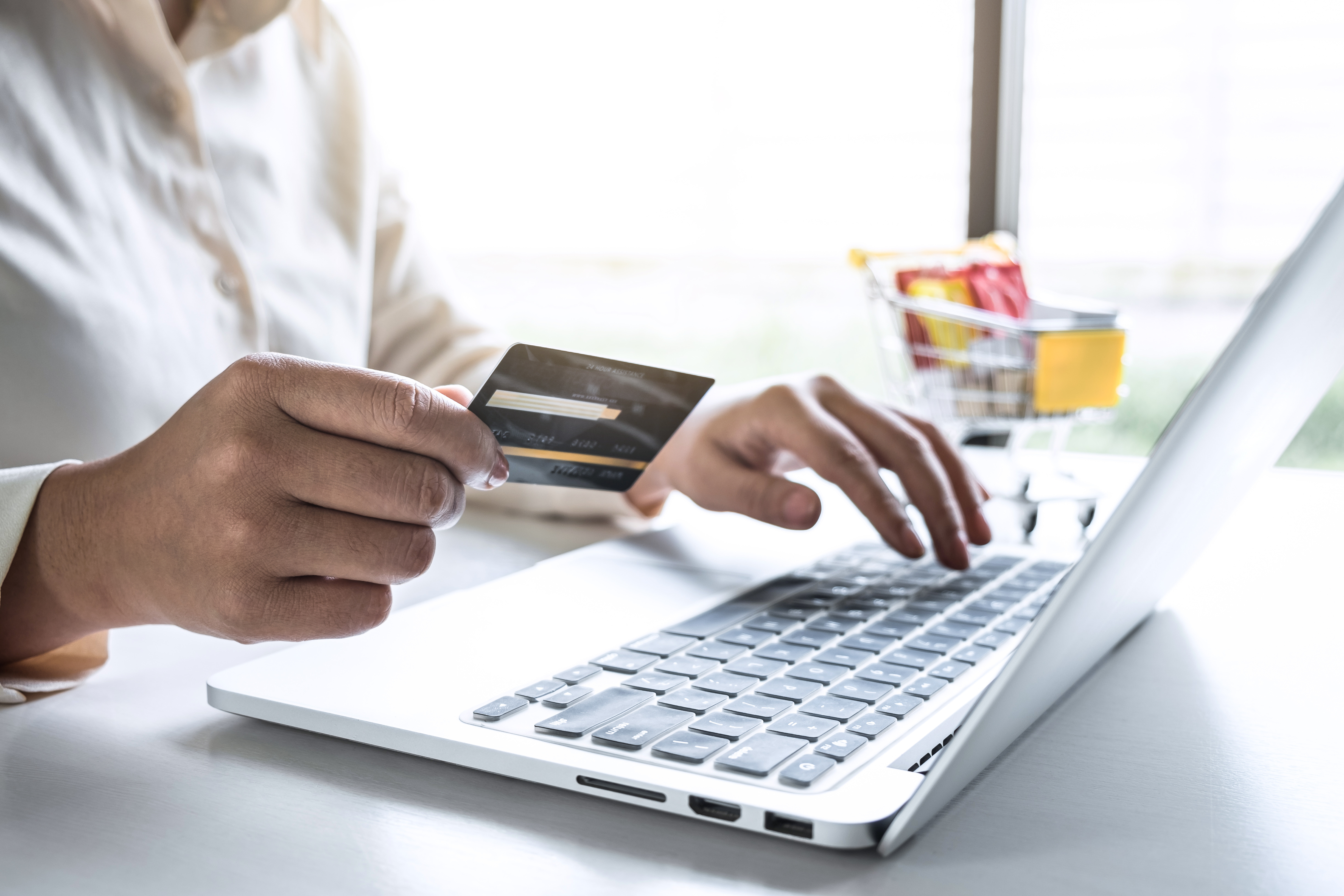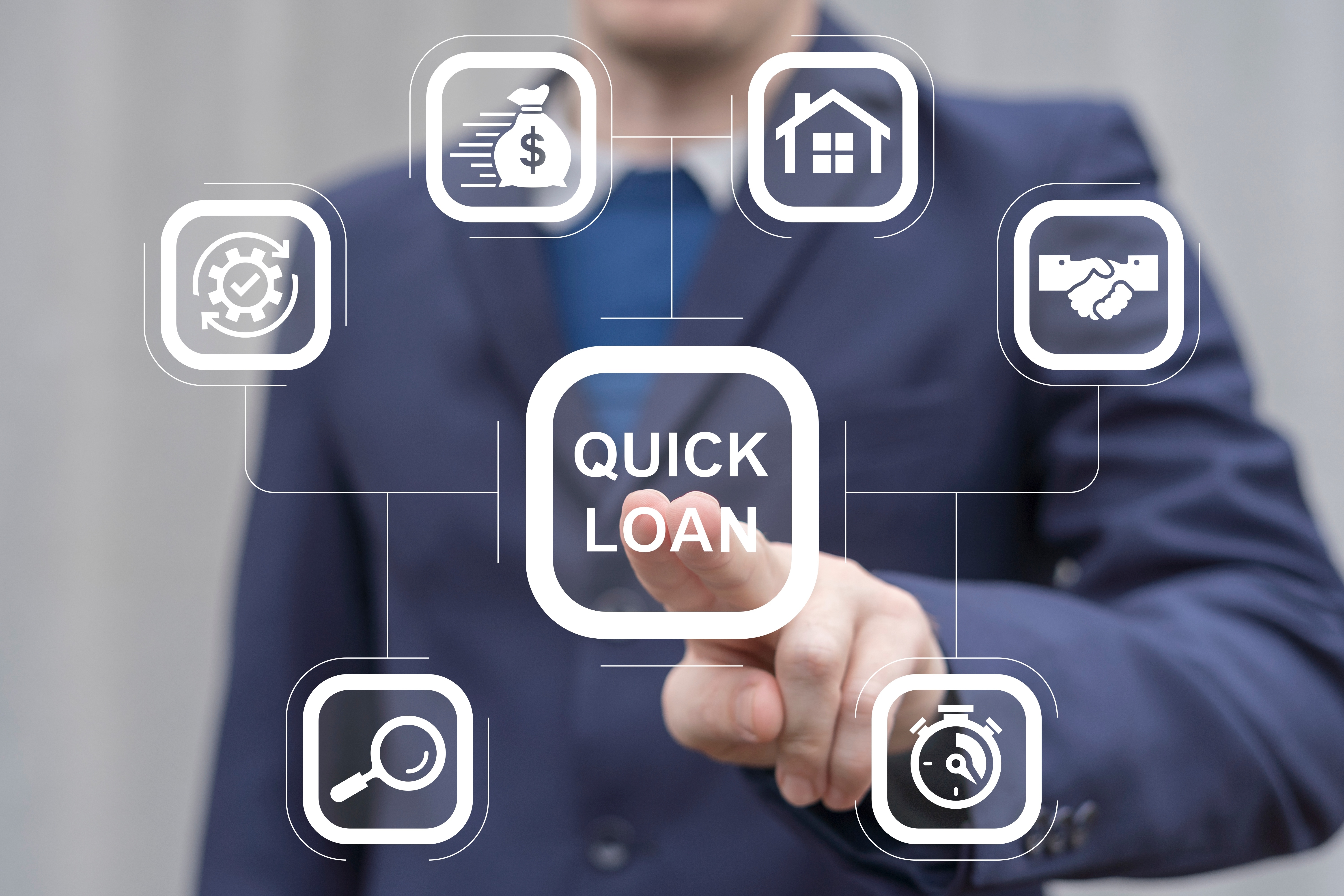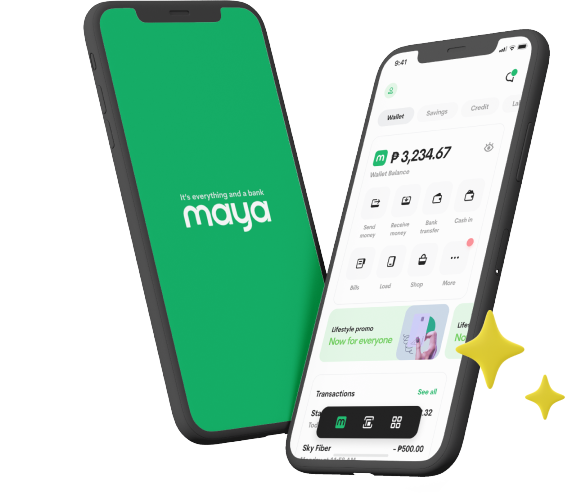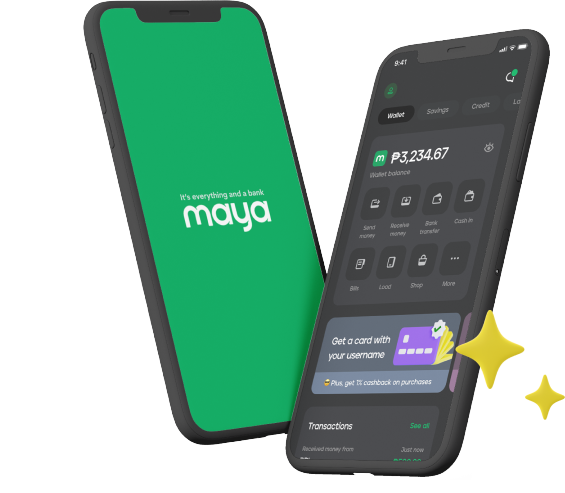Credit cards have become a go-to choice for many Filipinos when it comes to online shopping, online bills payment, and cashless in-store transactions. While the digital landscape has made it easier for consumers to make purchases and manage their finances, it has also given rise to new threats. Each time you enter your credit card details online or share them for a transaction, you face potential risks, like phishing attacks, data breaches, identity theft, and unauthorized transactions.
As more Filipinos enjoy the convenience of credit cards, it’s important to stay informed about best practices for keeping your information secure. By understanding potential risks, you can take proactive steps to protect your credit card and ensure safe transactions. This knowledge empowers you to confidently use your card while minimizing the chances of falling victim to scams. With the right precautions in place, you can continue to enjoy the ease and benefits of cashless payments worry-free.
Here are some common risky behaviors and how you can avoid them.
1. Using Public Wi-Fi for Financial Transactions
Public Wi-Fi networks are often convenient, especially when you're on the go, but they are also a common target for hackers. These free and open networks, like those found in cafes or malls, are usually unsecured, making it easy for cybercriminals to intercept data transmitted over them. This means that when you access online banking, shopping websites, or any platform where your credit card information is needed, your details can be exposed to unauthorized access. Hackers can intercept data, which could include your credit card number, expiration date, and CVV.
To avoid such risks and ensure secure online credit card transactions, refrain from conducting any financial transactions over public Wi-Fi. Instead, use a secure mobile data connection or invest in a virtual private network (VPN) that encrypts your data to make it harder for anyone to intercept your private information.
You can also use a credit card that uses dynamic CVV codes, like the Landers Cashback Everywhere Credit Card, a credit card from Maya. Unlike traditional CVVs printed on your credit card, these dynamic ones change periodically and can be accessed through your Maya app. They add another layer of security for online transactions, making it harder for anyone to use your card details if they ever become compromised.
2. Not Taking Advantage of Your Credit Card’s Security Features
Most secure credit cards offer a range of security features. For example, the Landers Cashback Everywhere Credit Card lets you set spending limits on your card to help you control how much can be charged every day. You can limit daily spending, online payments, contactless payments, and more through the Maya app. This feature can be especially useful for preventing large unauthorized transactions. With this in mind, be sure to maximize the security features your credit card offers.
3. Storing Credit Card Details on Unsecured Websites
It’s common to save your credit card information on online shopping platforms to make checkouts faster, but this practice can be risky. If a website doesn’t have strong encryption, hackers can exploit vulnerabilities to access stored data, including your credit card details.
So before saving your card details on any website, look for “https” in the URL and a padlock icon in the address bar, which indicates that the site uses encryption to protect your data. Also, stick to reputable online stores and marketplaces that have a track record of ensuring secure transactions.
4. Failing to Report Lost or Stolen Cards Promptly
When you lose your credit card or if it gets stolen, time is of the essence. The longer it takes to report the incident, the more time fraudsters have to use your card for unauthorized purchases. Many cardholders delay reporting because they think they might find the card soon or are unsure if the card is truly lost, but this can be a costly mistake.
As soon as you realize that your card is missing, contact your bank immediately to report it. If you suspect a lost Maya credit card, cancel your card immediately on the Maya app and get a replacement. Simply follow these steps:
- Go to “Cards” and select your credit card.
- Tap the gear icon to open your card settings.
- Select “Card Security” then “Block Lost or Stolen Card” to permanently block the card and get a replacement.
- Then, you can select “I Lost My Card” or “My Card Got Stolen” as the reason for replacement.
- Once your card is canceled, tap “Order a New Card” to get a replacement.
Take note that card replacement fees may apply.
Should you have any questions or other concerns about your Maya credit card or digital bank account, don’t hesitate to get in touch with Maya’s 24/7 support team.
5. Using Weak Passwords for Online Accounts
Weak passwords are a common vulnerability hackers try to exploit to gain access to your online banking and shopping accounts. Many people use easy-to-guess passwords like “123456” or their own names or birthdays, which can be cracked within seconds. Reusing passwords across multiple sites is also a significant risk, as a data breach on one platform could compromise your accounts elsewhere.
Having said that, use strong, unique passwords that combine uppercase and lowercase letters, numbers, and special characters. Consider using a password manager to store and generate secure passwords for each of your accounts as well. This way, you won’t have to remember multiple complex passwords, and you’ll minimize the risk of unauthorized access.
Credit cards offer tremendous convenience, but they also come with risks that can threaten your financial security. Fortunately, you can avoid these risky practices and adopt safer habits. They can help you protect your credit card information and enjoy peace of mind when making transactions. Additionally, stay vigilant and proactive. Remember, the more aware you are of these risks, the better equipped you will be to keep your credit card and personal finances secure while enjoying the many benefits of cashless transactions in the Philippines.
You might also like
These Stories on Maya Bank





